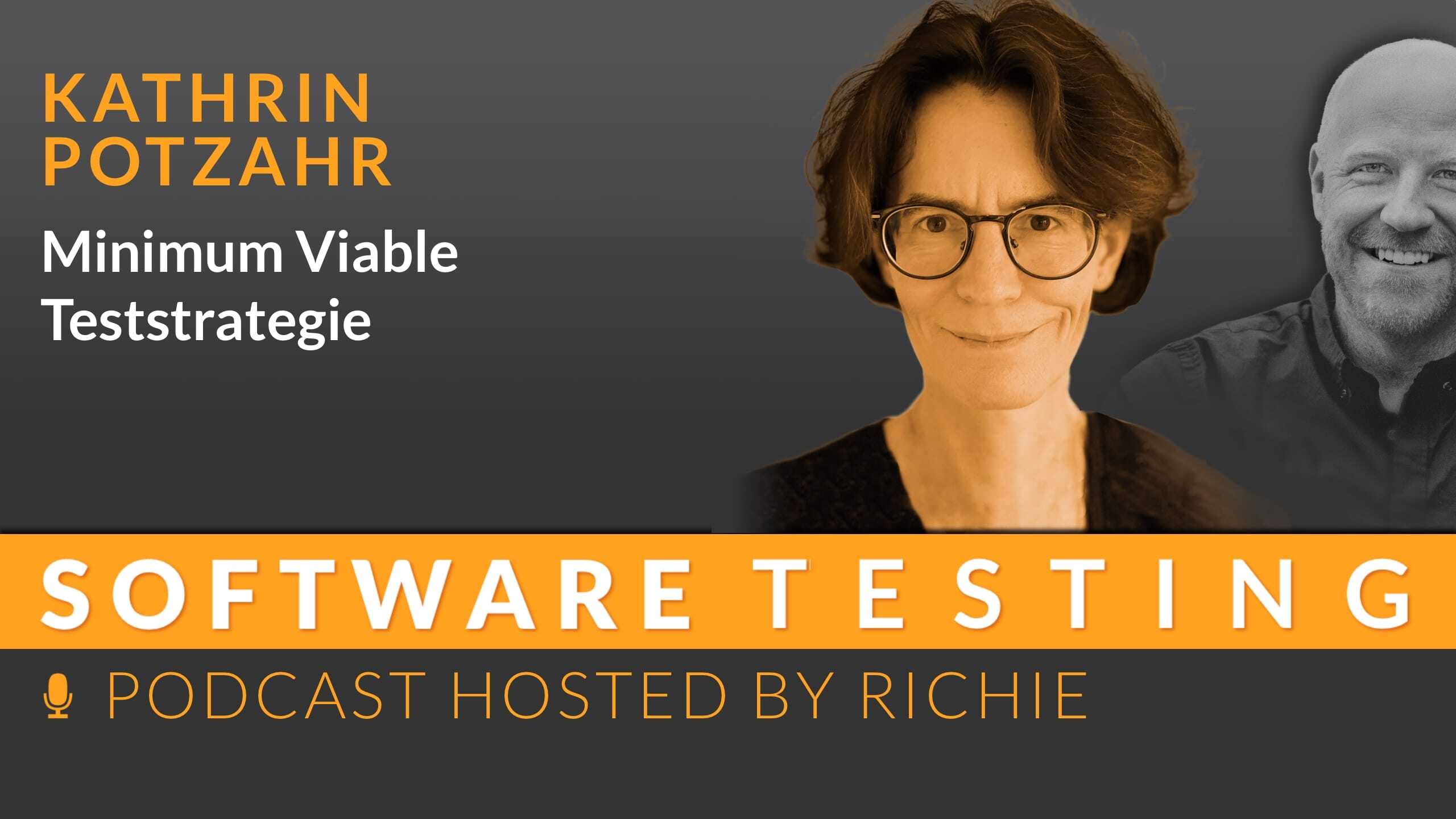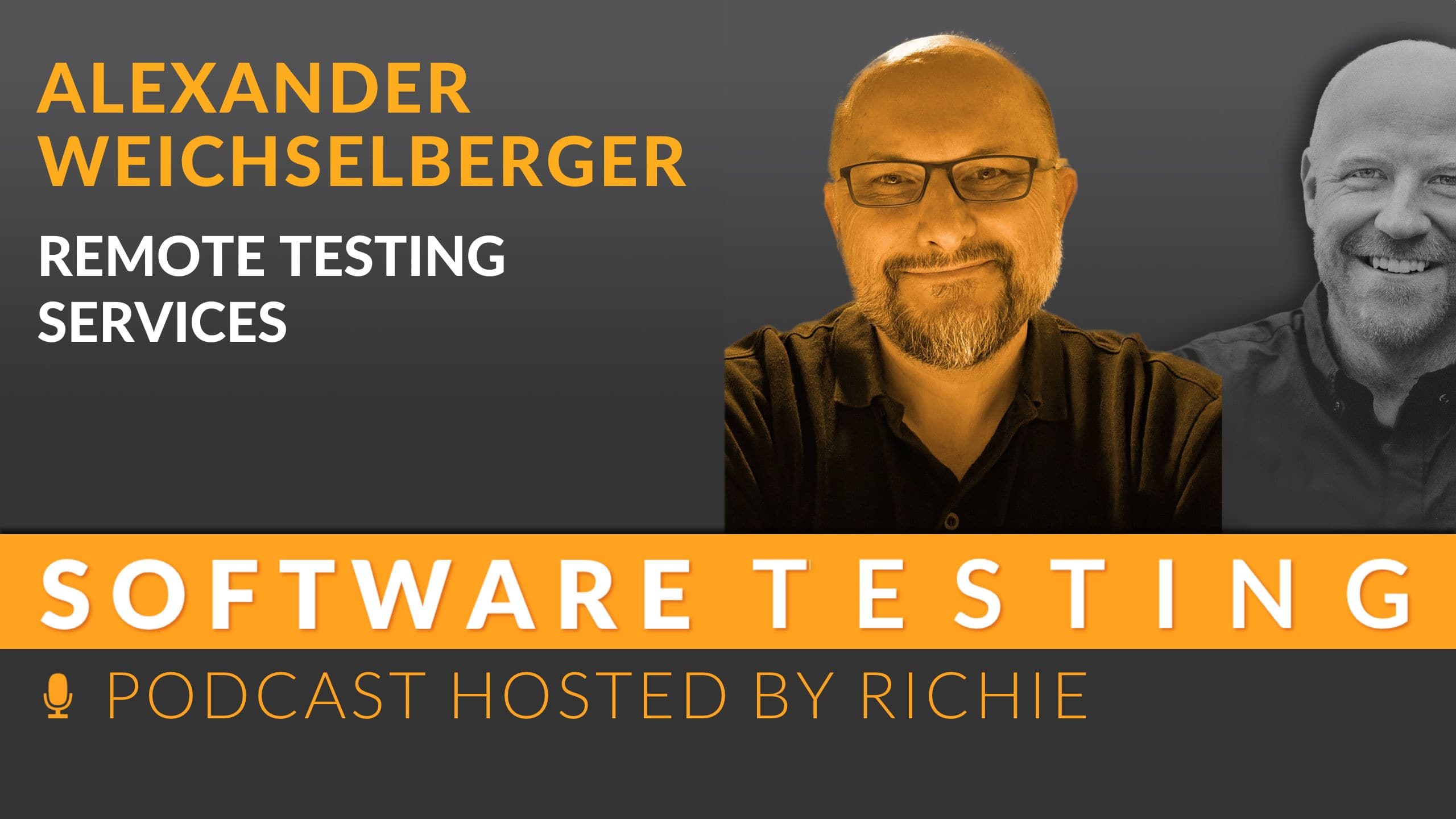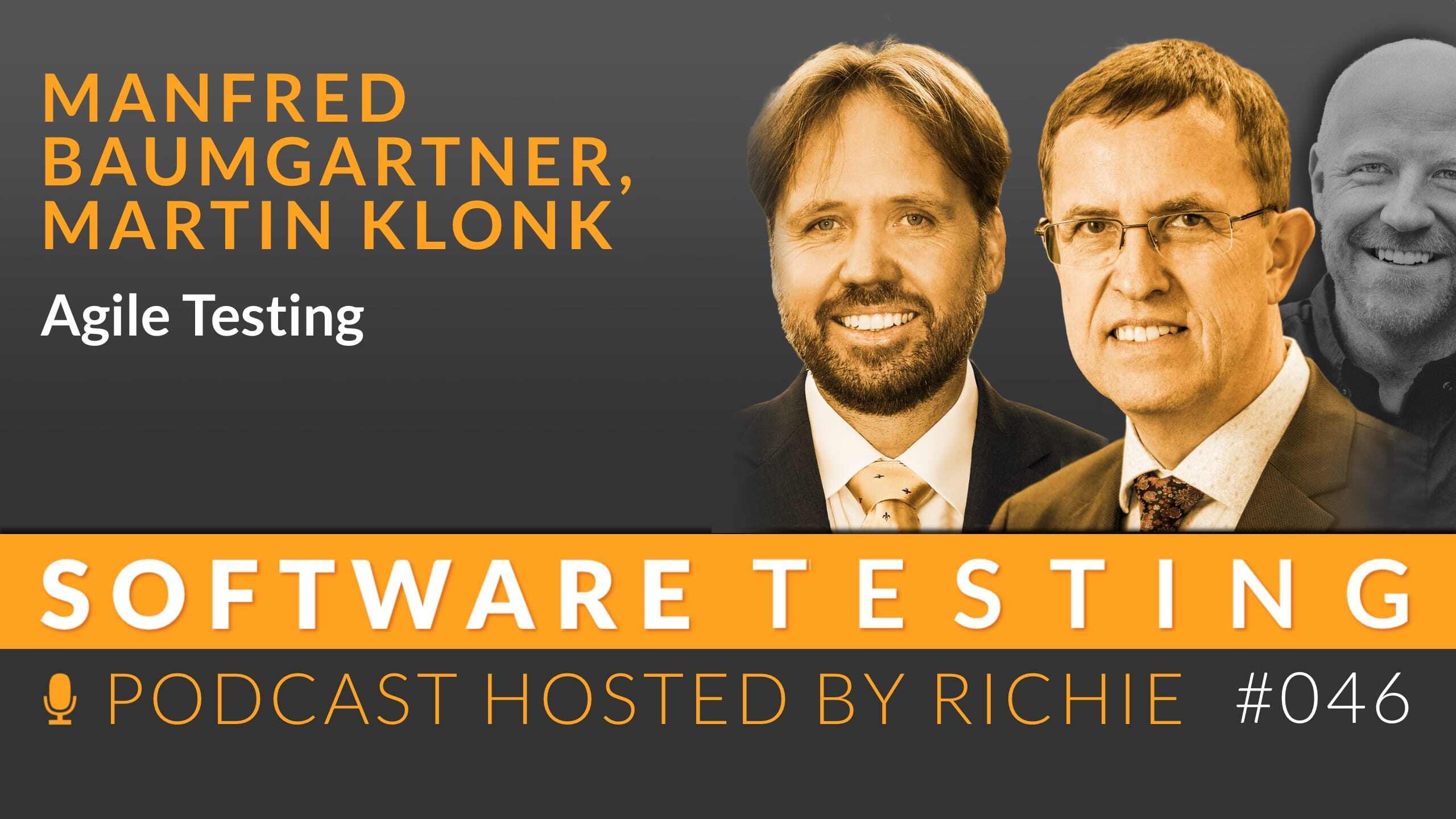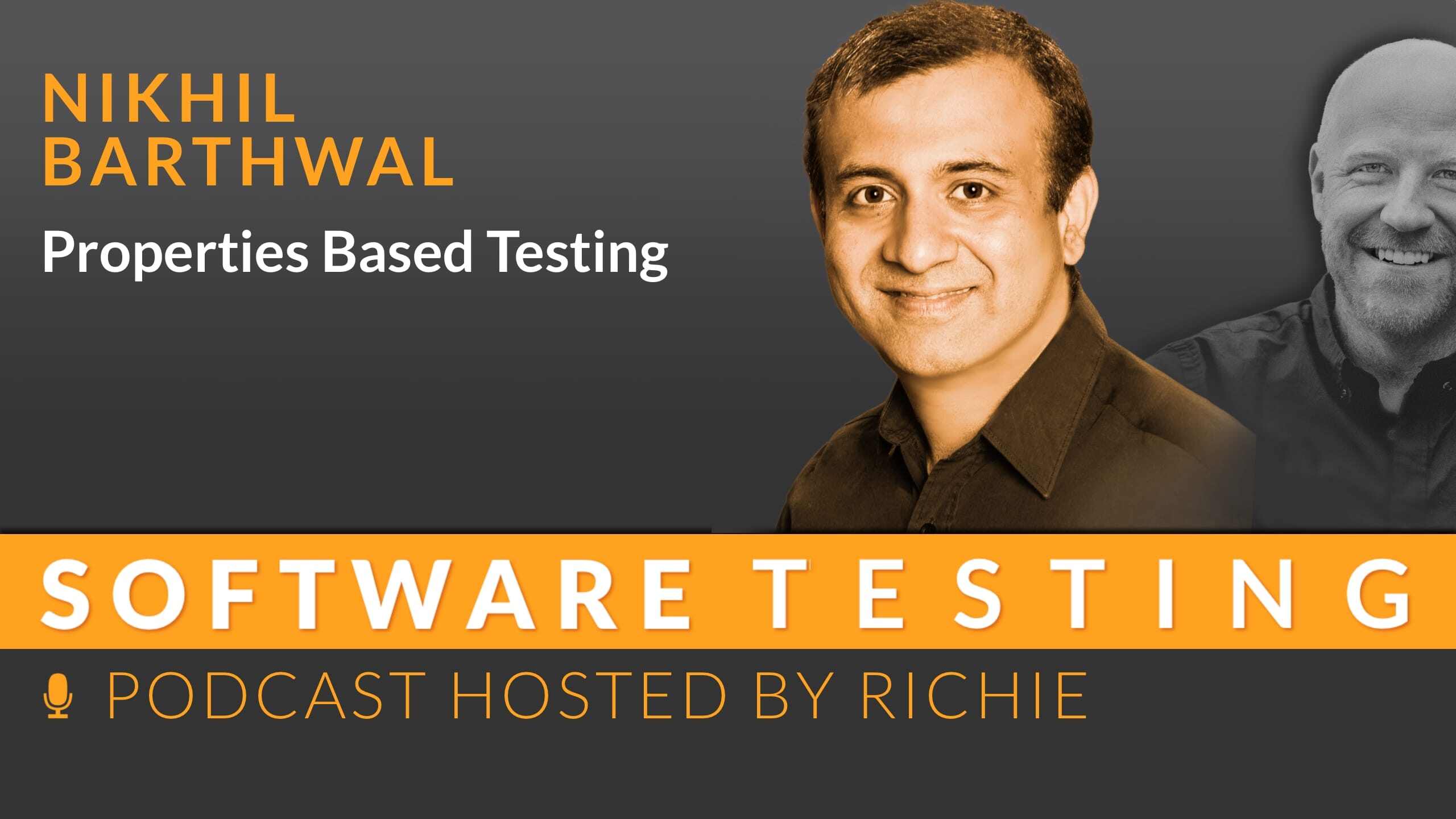Remote Testing Services
External testing services are currently undergoing a significant transformation. Teams need to adapt the way they work, especially when using...

Written test strategies are endless and in the end nobody reads them. Many people are probably familiar with this. Even if they are read, discrepancies quickly arise: we've always done it differently, but we understand this and that term to mean something else, and so on. The whole scenario suggests that the test strategy should be approached differently. Together with a team, Kathrin has developed a workshop in which representatives from all teams meet and begin to develop a test strategy - in a lightweight form.
"This workshop format made it very visible that you had the new world and the old world on top of it" - Kathrin Potzahr
Kathrin Potzahr has worked in software development at Capgemini for 25 years, supporting organizations and project teams in quality assurance as an architect. In her career, she has held various roles including developer, team leader and architect, with a focus on ensuring appropriate quality. She also holds training courses and lectures on continuous quality and has experience as a test manager and quality architect in agile projects.
The minimum viable test strategy is an approach for designing lightweight and effective test strategies in agile projects. Through a collaborative and visual workshop approach, teams can develop a common understanding and start implementation immediately without getting lost in lengthy documentation.
Today we're talking about minimum viable test strategy - a concept that breaks down the traditional approach to creating test strategies. Kathrin Potzahr shares her insights and experiences on using lightweight and agile methods to develop test strategies. Her innovative approach aims to deliver value quickly and encourage team collaboration.
Traditionally, test strategies were often created in an isolated setting where one or two people sat down and wrote extensive documents that were rarely read. This method meant that many good ideas remained on paper and were never put into practice. Kathrin recognized this problem and looked for a solution that would require more involvement from the entire team.
Kathrin took us through her process of creating a test strategy using eventstorming - a collaborative workshop approach. Rather than relying on lengthy documentation, this approach focuses on creating a shared understanding within the team. Through the use of post-its and lively discussions, test levels and types are defined and visualized. This approach not only promotes teamwork, but also helps to get a clear picture of the required tests.
One of the key points of Kathrin's approach is the visualization of the test strategy. Instead of getting lost in text documents, a visualized 'map' of the test process makes it possible to gain clarity about roles, tools and environments more quickly. This method also offers the advantage that it can be flexibly adapted to new findings.
Once the team has created a basis for its test strategy through the workshop, the next step follows: implementation in everyday life. It is important that the results of the workshop not only serve as a snapshot, but are actively integrated into the development process. Backlog items play a central role here. They enable the teams to derive concrete steps from the strategy and work through them systematically.
Finally, Kathrin reflects on her experiences with this approach and emphasizes the importance of adaptability and continuous improvement within agile testing strategies. The easy start through minimal viable strategies enables teams not only to get started quickly, but also to react flexibly to changes.

External testing services are currently undergoing a significant transformation. Teams need to adapt the way they work, especially when using...

Podcast Episode: New Edition of Agile Testing 'So, we don't need testers anymore, because we're working agile now! That was the impetus for writing...

Podcast Episode: Properties Based Testing Properties based testing is a method that checks constant output properties and complements traditional...